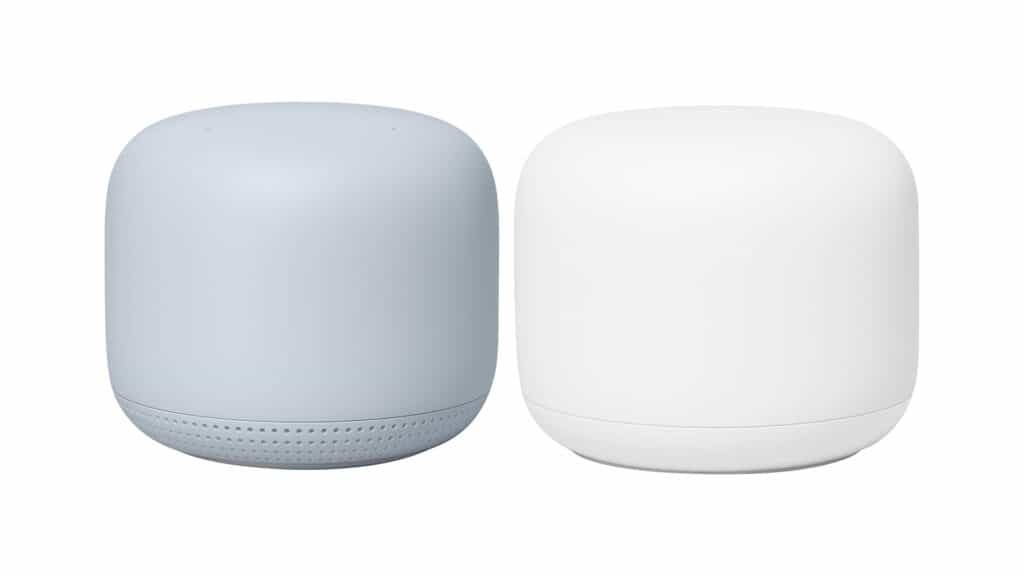In the Prime Day bonanza, Amazon isn't the only one tossing delightful discounts into the digital fray. Google's Nest Wifi is strutting its stuff with a tempting 30% price cut, nestling a 2-pack comfortably in your budget at a mere US$209.

Strength and simplicity
As you unbox these beauties, you'll find that Nest Wifi routers possess Herculean strength, effortlessly juggling up to 200 connected devices. Their seamless integration with the Google Home app makes setup smoother than a velvety chocolate truffle.
Digital butler at your service
These routers are more than just a mesh Wi-Fi system; they're like a suave digital butler, with microphones and speakers that harmonize with Google Assistant. No longer must you hide your routers in shame. Nest Wifi's sleek design invites admiring glances from visiting tech aficionados.
Acclaimed by the experts
The gadget gurus have spoken, and the reviews are in. Nest Wifi has charmed the experts at The Verge (8/10), wooed the critics at CNET (8.3/10), and dazzled the judges at Tom's Guide (4.5 stars). So go on, indulge in this stylish mesh system, and transform your home into a seamless digital oasis.
